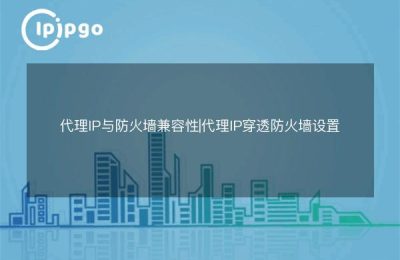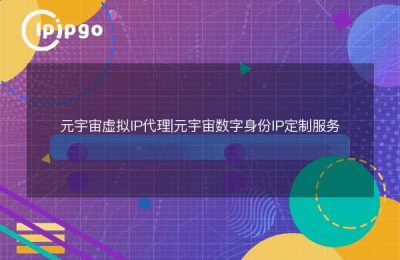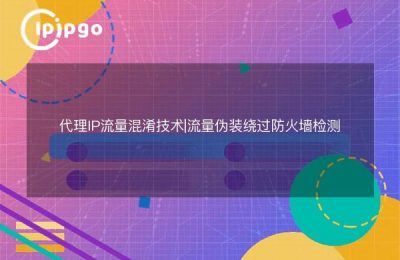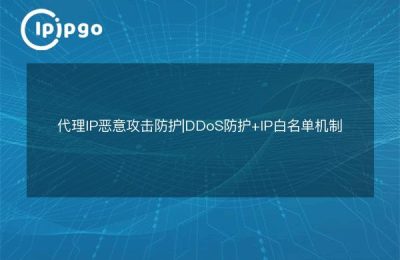
Core Value of Dynamic Residential Agent IP
For scenarios that require frequent switching of network identities, ordinary proxy IPs are prone toAccess frequency anomaliesmaybeIP blockedof the problem. Dynamic residential proxy IPs are passed through theReal Home Broadband NetworkAutomatic IP address rotation, compared with the server room IP closer to the ordinary user Internet behavior. Take ipipgo's residential proxy pool as an example, its IP resources cover 240+ countries and regions around the world, with 90 million+ real residential IP resource pools, each IP has aHome Broadband Certification Mark, which can effectively circumvent the platform's risk control mechanisms.
Three real-world scenarios for automatic IP changes
In practice, the IP replacement mechanism needs to set policies according to different business requirements:
- High-frequency acquisition scenarios: Set every 10 requests to automatically change IP to avoid triggering anti-climbing mechanism.
- Long-duration mission scenarios: Active IP address refresh every 15 minutes to maintain normal session state
- Multi-account management scenariosBind an independent IP channel for each account and automatically match the new IP when switching accounts.
Dynamic proxy service support for ipipgoTriggered by time interval/IP usage count/manuallyThree switching modes, users can customize the replacement rules through API or control panel. Its IP survival period can be set to a minimum of 3 minutes and a maximum of 24 hours to maintain a stable connection.
Deep Adaptation Solution for Multi-Protocol Anti-Blocking
There are differences in the sensitivity to protocol types in different network environments:
| Protocol type | Applicable Scenarios | Anti-blocking points |
|---|---|---|
| HTTP(S) | Web access / API interfacing | Analog Browser UA Header |
| SOCKS5 | Client Software Docking | Maintaining reasonable request intervals |
| WebSocket | Real-time data transmission | Control packet frequency |
The ipipgo all-protocol support feature allows users in a single proxy package toFree switching of transport protocolsIn addition, with the request header camouflage function it provides, it can be deeply adapted to the wind control rules of different target platforms. Especially in the mobile scenario, its proxy service can completely retain the network fingerprint characteristics of the original device.
Intelligent Scheduling Strategies for Dynamic Agents
Quality agency services need to haveIntelligent RoutingCapabilities. ipipgo's dynamic agent system consists of three core modules:
- Quality Control System: Real-time detection of IP availability and automatic rejection of abnormal nodes
- Geographic Matching Engine: Automatically selects the optimal route based on the location of the target server
- Flow Dispatch Center: Balance the load pressure on each node and maintain stable transmission speeds
When a user initiates a request through the API, the system automatically assigns thelowest latencyboth (... and...)Highest credibilityof the residential IP and seamlessly switch over within 200ms when an abnormal state is detected.
Frequently Asked Questions QA
Q: How to choose between Dynamic IP and Static IP?
A: High-frequency operation choose dynamic IP to reduce the risk of banning, long-term fixed business with static IP to maintain a stable connection. ipipgo support two modes of free switching.
Q: What is the practical significance of multi-protocol support?
A: Different software/platforms have different protocol compatibility, for example, some clients only support SOCKS5 protocol, full protocol support ensures that various environments are available.
Q: How do I verify the authenticity of a residential IP?
A: The ipipgo console allows you to query the ASN number, ISP provider, IP type and other authentication information of the IP to ensure that you are using a real residential network.
Q: Does automatic IP change affect data transfer?
A: ipipgo uses hot-swap technology to assign a new IP while maintaining an existing TCP connection, and the new address is automatically enabled for the next request, without affecting ongoing tasks.








